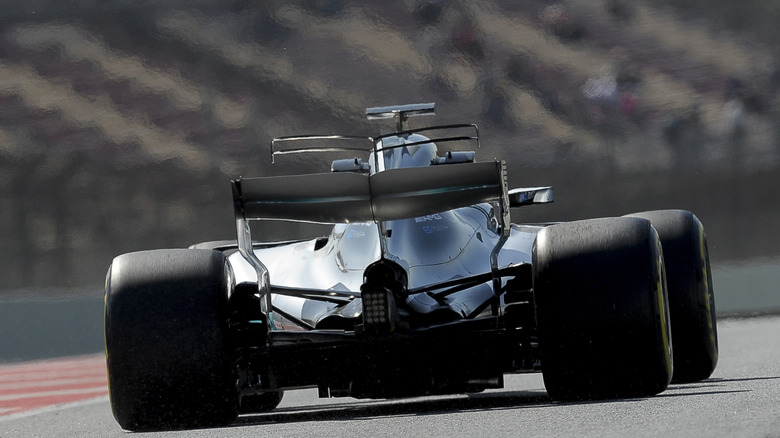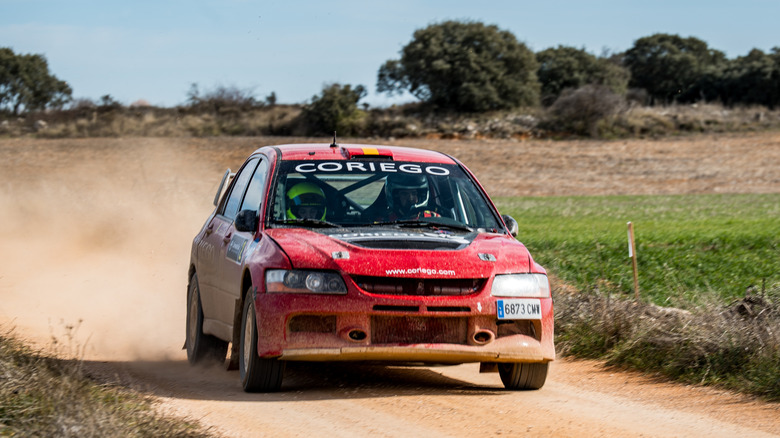What Happens To Used Race Cars After They're Retired?
If you're a keen motorsport fan, you'll know that teams regularly update their cars from year to year. This is often due to continually updated rules and regulations or simply because of teams trying to evolve and improve their cars to be faster in the following season. Perhaps the most prolific example of this is Formula One. Here, teams develop new and tweak existing cars all the time, which may leave fans wondering what happens to used F1 cars after the season is over.
Sometimes they will be simply placed into storage, either within the team's facilities or at a museum, whereas other times the teams may choose to sell them. This is often the story with all sorts of race cars, as they become largely redundant to the team once rules change or when faster cars are developed. Sometimes, in order to recuperate some funds, race teams will sell specific parts of their used race cars and then simply scrap the shell afterward.
The used race car market is an interesting and diverse one
Buying a second-hand race car is surely an interesting proposition for many gearheads, and the good news is it really doesn't need to break the bank. Of course, the price you'll pay for an old race car does depend on the car of interest. For example, when a race-winning ex-Schumacher Ferrari F1 car came up for sale, it commanded huge amounts of interest from collectors all over the world and therefore earned a lot of large bids, which saw it rank as one of the most expensive F1 cars of all time. However, a vintage Formula Ford, for example, might only set you back around $15,000.
There is no need to simply stick with single-seaters either. The second-hand race car market is awash with fascinating models, with everything from old WRC rally cars to impeccably prepared 1960s GT racers. While they can no longer compete in the classes they were originally designed for, they make for excellent track toys, and are now often eligible for historic racing championships. In some instances, old race cars are broken down for parts instead – a process which sees everything from race-prepared engines to track-tweaked suspension packages hit the market. This approach may net the seller more money than selling the car whole, or it could simply be the result of getting some money back from a car which has been damaged on the track.

